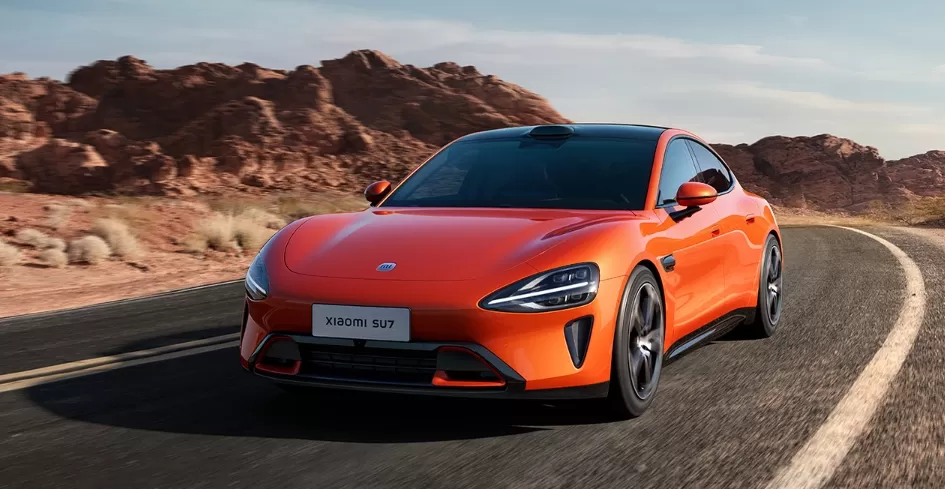When it comes to electric vehicles (EVs), batteries are an unavoidable topic, as the battery's capacity directly affects the vehicle's range. In recent years, with subsidy policies in place, ternary lithium batteries, known for their high energy density, have dominated the EV market, as they allow manufacturers to qualify for subsidies. Consequently, lithium iron phosphate (LFP) batteries have been used less frequently. However, BYD's newly released model, the "Han" EV, utilizes a type of LFP battery known as the blade battery. So, what prompted BYD to return to using LFP batteries?
Before delving into why BYD chose to use LFP batteries again, it's essential to understand the characteristics and advantages of both types of batteries.

The primary advantage of ternary lithium batteries is their high energy density, but they come with the drawback of lower safety and a higher risk of thermal runaway. On the other hand, LFP batteries are known for their high safety and excellent high-temperature performance, though they have lower energy density and poor low-temperature performance.
Moreover, LFP batteries have a significant advantage over ternary lithium batteries—lower cost. In 2019. the cost of power batteries in China ranged from 0.6 to 1 yuan per watt-hour (Wh), with LFP batteries costing as low as 0.6 yuan/Wh. This cost advantage is so substantial that even Tesla plans to partner with CATL to use LFP batteries in its domestic models.
Using LFP batteries typically reduces the vehicle's range, so how does BYD ensure that the new "Han" model maintains an adequate range? The answer lies in their newly developed battery technology.
BYD has developed a new blade-type LFP battery, which effectively addresses the range issue. The innovation doesn't lie in the battery itself but in the new battery shape and pack design. In this battery pack, long single-cell batteries are used, which are then grouped into a battery array, thereby increasing the pack's capacity. Additionally, the specific size of the single cells contributes to the overall stiffness of the battery pack. By reducing or even eliminating the use of crossbeams or longitudinal beams within the pack, space utilization is improved, leading to increased capacity, voltage, and range.

This new battery pack design allows BYD to install more batteries in the vehicle, thereby extending the range.
In Conclusion
As EV development has progressed, the range has reached a bottleneck, and the simplest way to increase it is by enlarging the battery capacity. BYD's "Han" achieves this by increasing the battery capacity. The new blade battery does not change the reality of LFP batteries' relatively low energy density; instead, it optimizes the architecture to allow more batteries to be housed in the same space, meeting the vehicle's needs.
The core reason behind BYD's return to LFP batteries is the technological advancement they have achieved. BYD has long been a leader in the LFP battery field, and with this new breakthrough, they have managed to reduce manufacturing costs while still delivering high performance.
However, the analysis above is based on the information currently available. The actual performance of the blade-type LFP battery will only be revealed after the BYD "Han" hits the market.





